RV Propane Systems
The RV propane system is pretty simple actually. RVs have propane tanks that feed different appliances in your RV like stove tops, ovens, furnaces and even refrigerators. Propane is a very effective method to power these systems, especially when there is no electrical power for you to use. Propane is used in all types of RVs, but especially in 30-amp RVs due to the limited amount of power available for heat-producing devices.

Propane leaves the propane tank with a pressure load of around 200 PSI or pounds per square inch. Now if this level of pressure went straight to your stove top, you would instantly have high powered flame throwers in your RV. Sounds like a great action movie, but not something you want in your RV, right?
Propane Regulator
No worries though, before the propane gets to your RV, it enters a two-stage regulator that is designed to reduce the pressure load down to about 0.3 PSI, which is the level at which your appliances are designed to operate at. This level is sometimes referred to as 11” WC (Water Column). Water Column is simply a measurement of pressure under 1 PSI.

This is the job of the regulator to keep your appliances supplied with a predictable and safe flow of propane, so it is important to always inspect and replace your regulator when needed.
Propane Hose
Keep in mind, the only parts of the propane distribution process that are exposed to the higher PSI levels are the propane tank itself and the short pigtail hose that goes from the tank to the regulator. For this reason, it is very important that you use a high-quality pigtail hose from the tank to the regulator and that you routinely inspect your propane hose to ensure there is no cracking or wear and tear on it that might result in a leak. It is not a costly item, but it has the highest pressure of propane working against it, so be sure to keep an eye on its condition.

We recommend GasGear 90-degree hoses for the hoses that run from the tank to the regulator as they are higher quality hose when compared to what you might get from the factory. They come in both rubber and braided stainless steel. In the picture above, you can see a hose that we were replacing for a customer that was showing wear and tear from being in storage over the winter. The hose was not very old, but the cold temperatures and snow cover it experienced during winter storage created small cracks in it. We replaced it with a GasGear stainless hose which will take the cold weather much better without cracking.
Propane Tanks
Propane is stored in steel, composite or aluminum propane tanks that are highly regulated. They have manufacture dates and tank weights stamped on the collar. DOT propane tanks are considered qualified for 10-12 years from their manufactured date before they need to be inspected and recertified for an additional 5 years. They come in many different sizes and in portable and fixed models. Propane tanks are considered full at 80% tank capacity, so your tank is never filled completely to the top.
There are two types of propane tanks in RVs: DOT tanks and ASME tanks. Towables, 5th wheels, and truck campers use the portable DOT tanks which resemble BBQ grill tanks, and they can range in size from 20-pounds to 40-pounds. DOT tanks are regulated by the Department of Transportation (DOT). Some RVs have two DOT tanks and have an automatic changeover regulator to quickly switch between the two. DOT tanks can be removed from the RV to be filled at a propane filling station.

Motorhomes use an ASME tank which is permanently mounted to their frame. ASME tanks are regulated by the American Society of Mechanical Engineers (ASME) and do not follow the same certification guidelines as the DOT tanks. These tanks can hold well over the 40-pounds that a DOT tank can hold and have different connection points and safety features. ASME tanks are not removable, so the RV must be driven to the propane filling station to be refilled.
Propane Connection Styles
There are two connection points that are visible near your propane tank: the connection where the propane hose connects to the tank and the connection point where the hose connects to the regulator.

When looking at the tank connection point, there are 2 different styles: the ACME and the POL connection. The propane connection to the DOT tank is what is called an ACME style connection. The ACME connection uses external threads for its clockwise connection and can be hand-tightened. The built-in ASME propane tanks found in motorhomes use a POL style connection. The POL connections are more of a permanent installation needing a wrench to tighten in a counterclockwise connection.
Click here to learn more about RV Propane Best Practices.



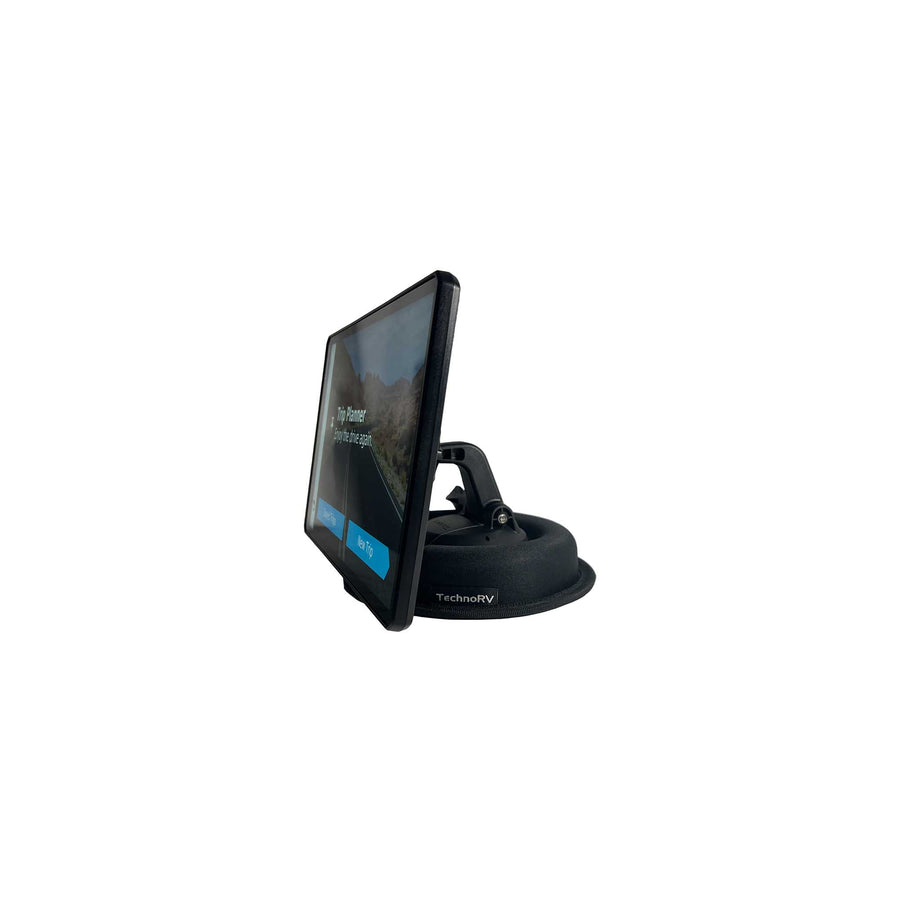
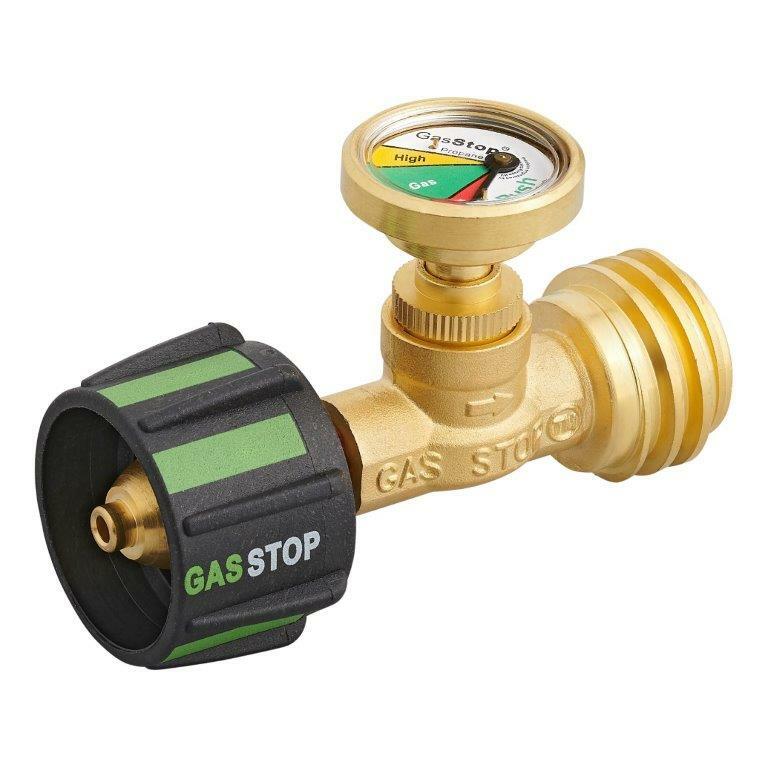

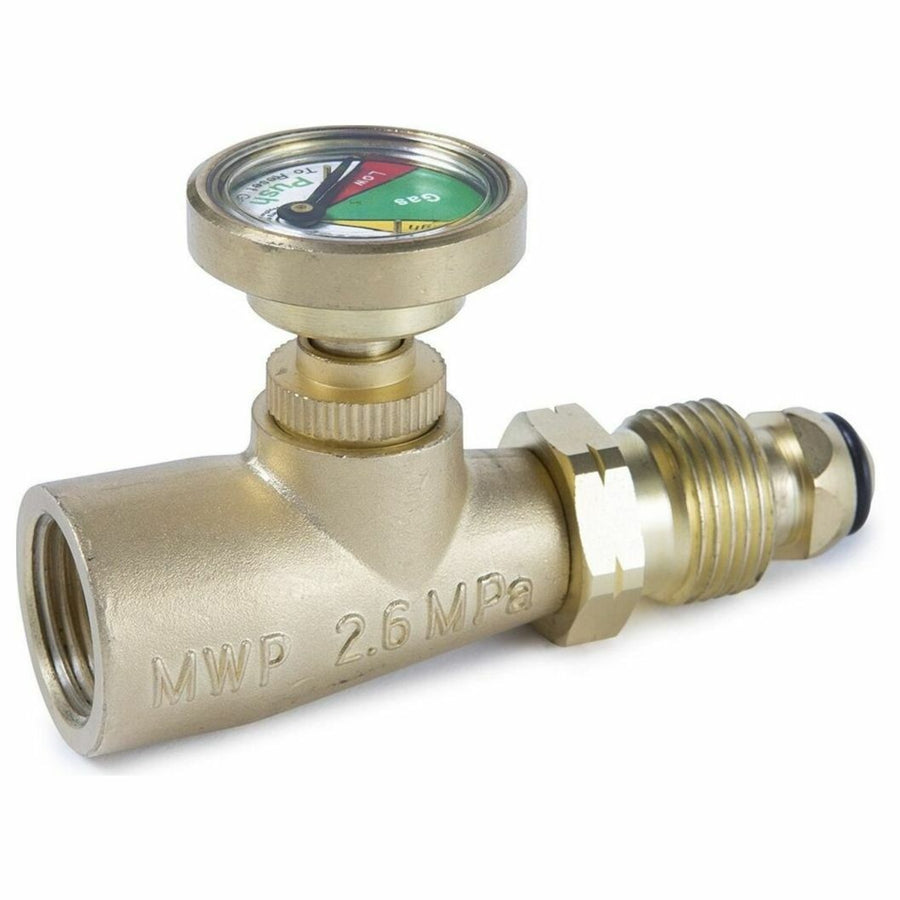

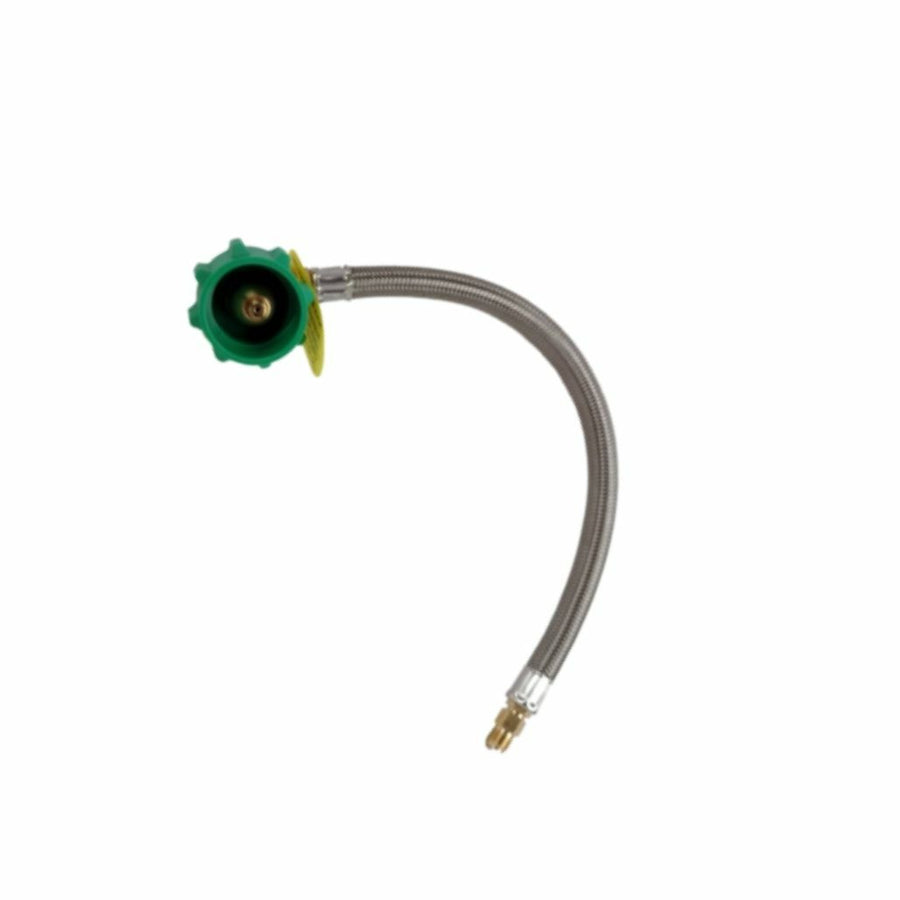


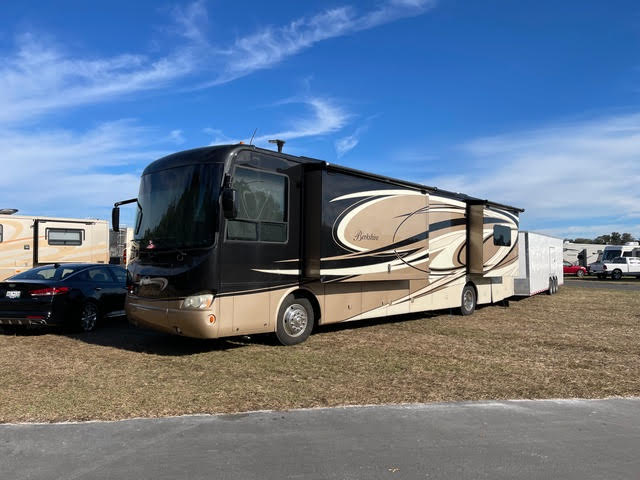
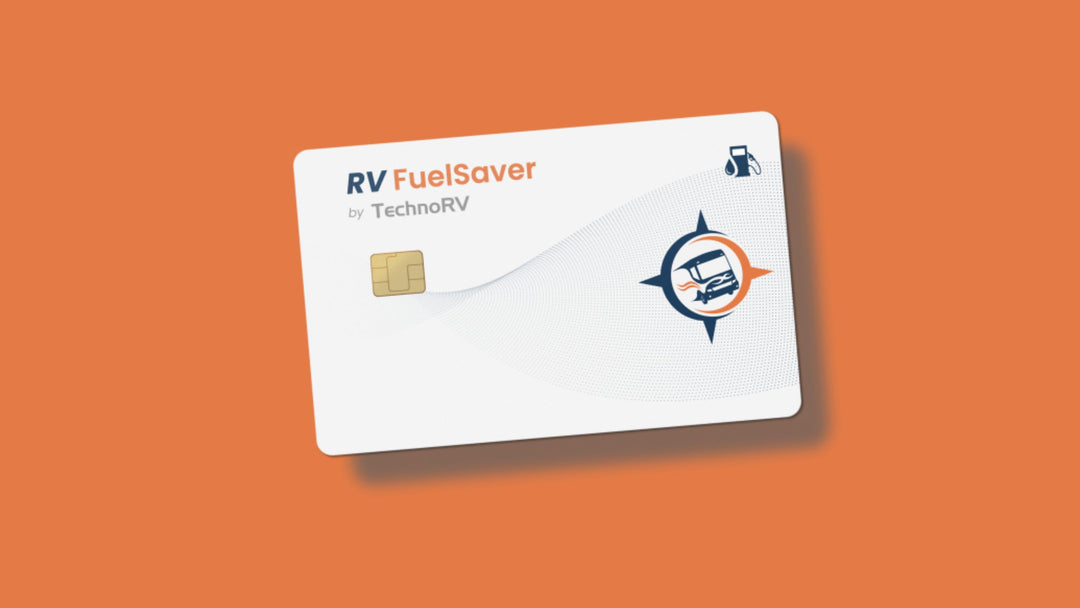
Leave a comment